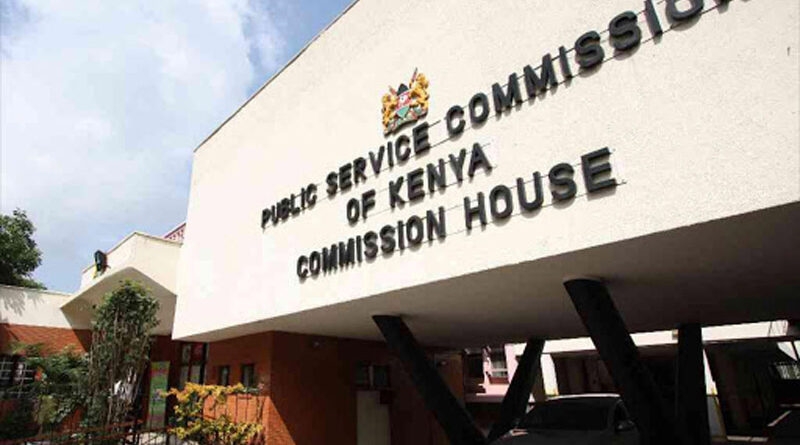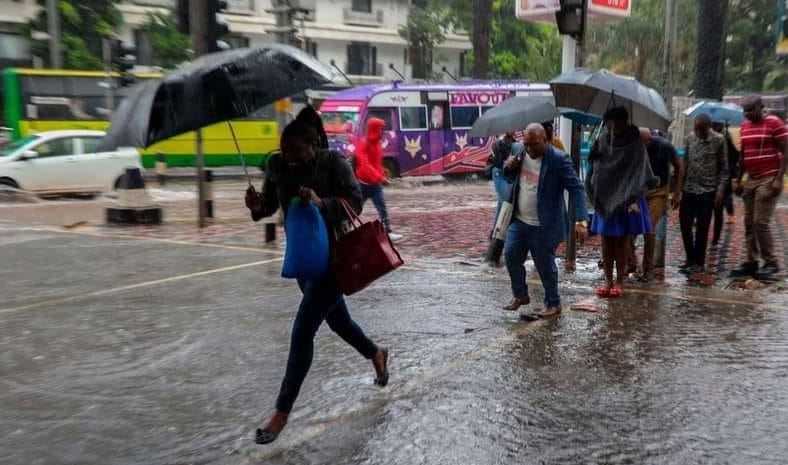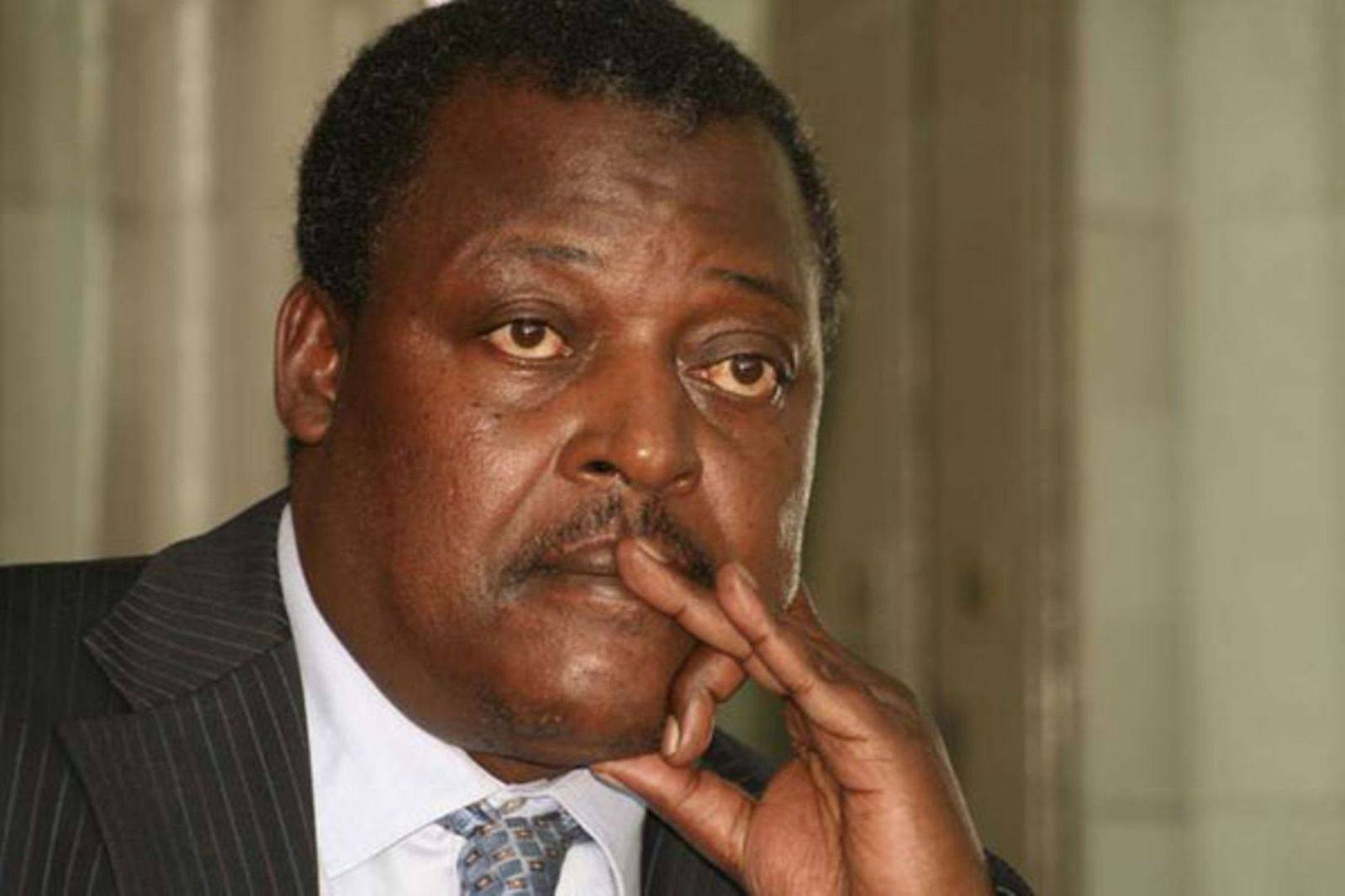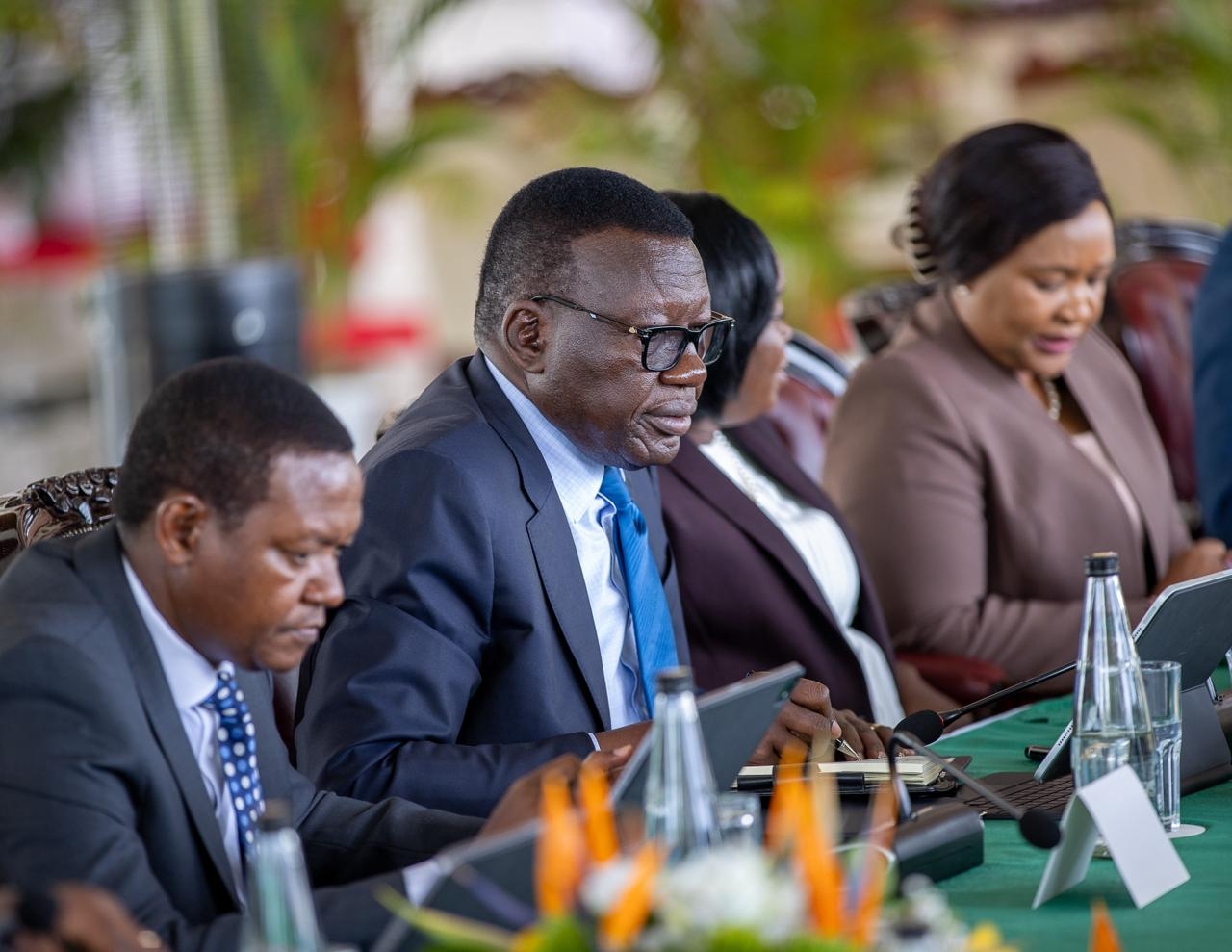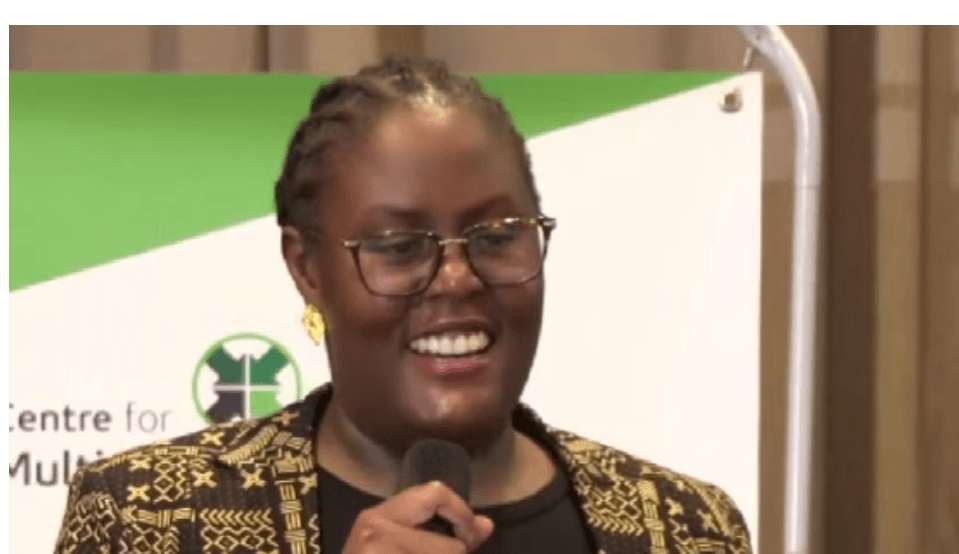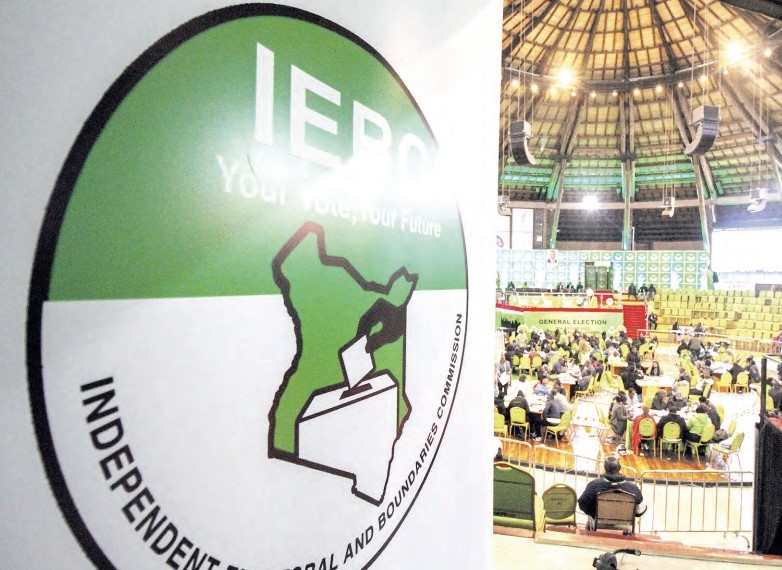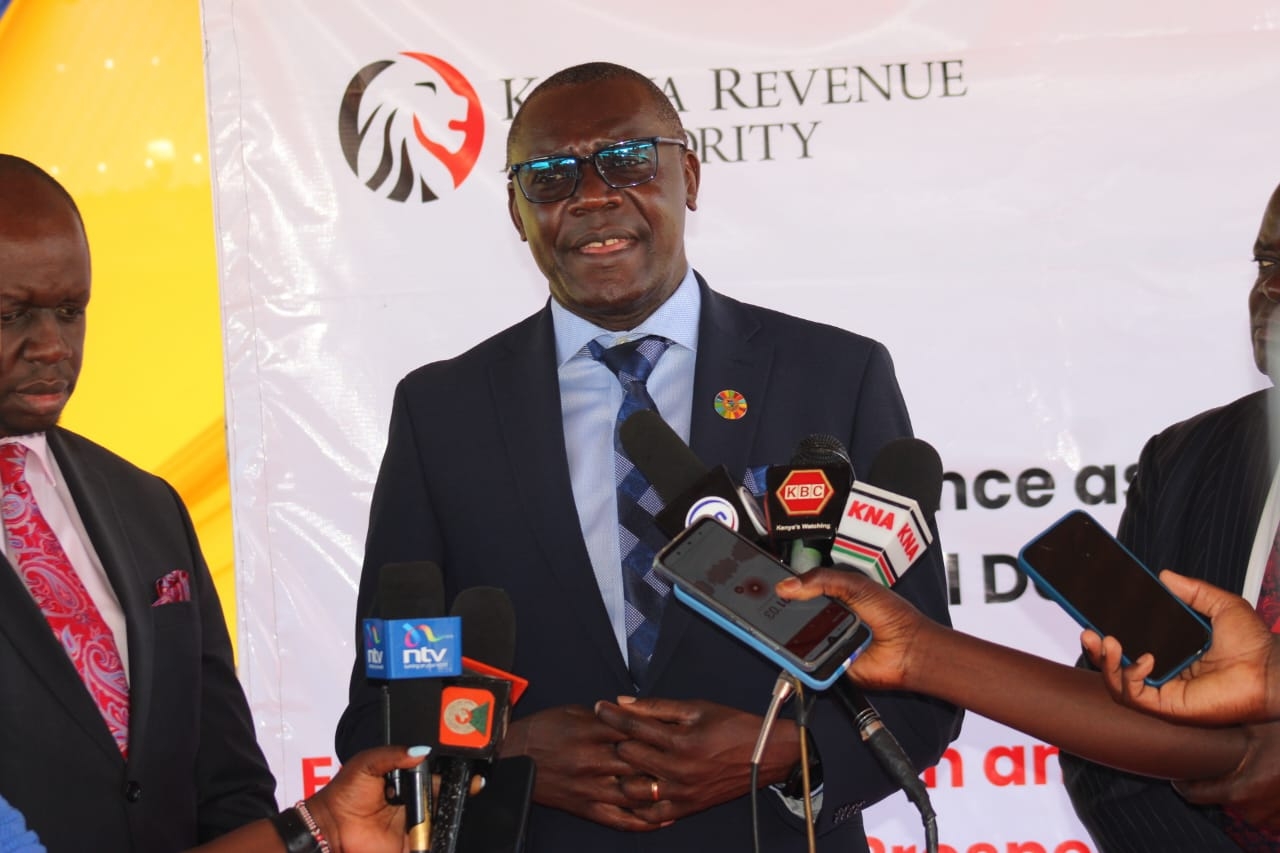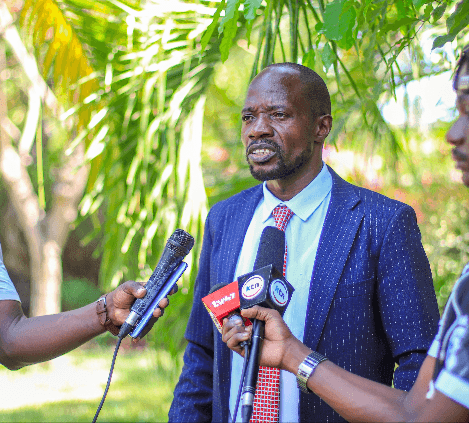
Kenya’s pursuit of sustainability is not just a policy matter; it is a moral and strategic imperative. From Nairobi’s boardrooms to the arid plains of Turkana, the question of how to grow without destroying, how to build without excluding, and how to prepare for the future without repeating past mistakes is now central to our national discourse.
At the heart of this effort are two key blueprints: Vision 2030 and the UN Sustainable Development Goals (SDGs). Together, they reflect Kenya’s ambition to lift millions out of poverty, achieve sustainable development, ensure equitable growth, and protect its natural heritage.
In many ways, Kenya has taken visible strides. We lead Africa in geothermal energy production. Our wind and solar potential is being tapped at an increasing scale. National Tree Growing Days have become civic rituals, mobilizing millions to restore forests. Through innovations like the JazaMiti app, reforestation is becoming a coordinated, digital national effort.
But while the ambition is clear, the results remain uneven.
Official reviews suggest Kenya is on track for some goals, particularly in education, gender equality, and clean energy. Yet others, like poverty reduction, water and sanitation, decent work, and justice, remain slow or stagnant. The financing gap is a major constraint. Kenya’s tax-to-GDP ratio remains below 20 percent, making it difficult to sustainably fund critical programs without overreliance on external donors.
Turning policy into practice remains the greatest test.
It is one thing to launch a national
campaign. It is another to ensure its long-term impact. Trees must be
monitored, not just planted. Solar access must be scaled equitably, not piloted
selectively. Frameworks must lead to functioning systems, not sit in file
cabinets.
The disconnect often lies in institutional capacity. Many countries lack the resources, personnel, or data systems to implement sustainability plans effectively. Bureaucratic delays and uneven funding only deepen the gap between strategy and service delivery.
But sustainability cannot live on paper alone. It must be rooted in systems that citizens trust—systems that deliver results they can see and feel.
Trust is built when a youth sees real prospects for green employment. When a farmer has access to clean water year-round. When an informal worker earns a living wage. These are the everyday indicators of sustainability, not just reports or pledges.
Kenya has everything it needs to lead: a young, energetic population; abundant natural resources; growing digital infrastructure; and a rich tradition of community engagement. But these assets must be matched by political will, financial innovation, and more inclusive governance.
We must ensure that the transition to a sustainable economy includes those who have historically been left out, women, informal workers, marginalized regions, and youth. Sustainability is not just about clean energy or green policies. It is also about fairness, dignity, and economic opportunity.
As we approach 2030 and prepare for COP30 later this year, Kenya’s sustainability legacy will not be judged by how many policies it produced, but by how many lives it improved.
The path forward is clear. What’s needed now is action that matches ambition, and leadership that listens, includes, and delivers.
Enock Bii is the founder and CEO of ClimaVox Consult, a Nairobi-based Pan-African sustainability and strategic communications firm. [email protected]


